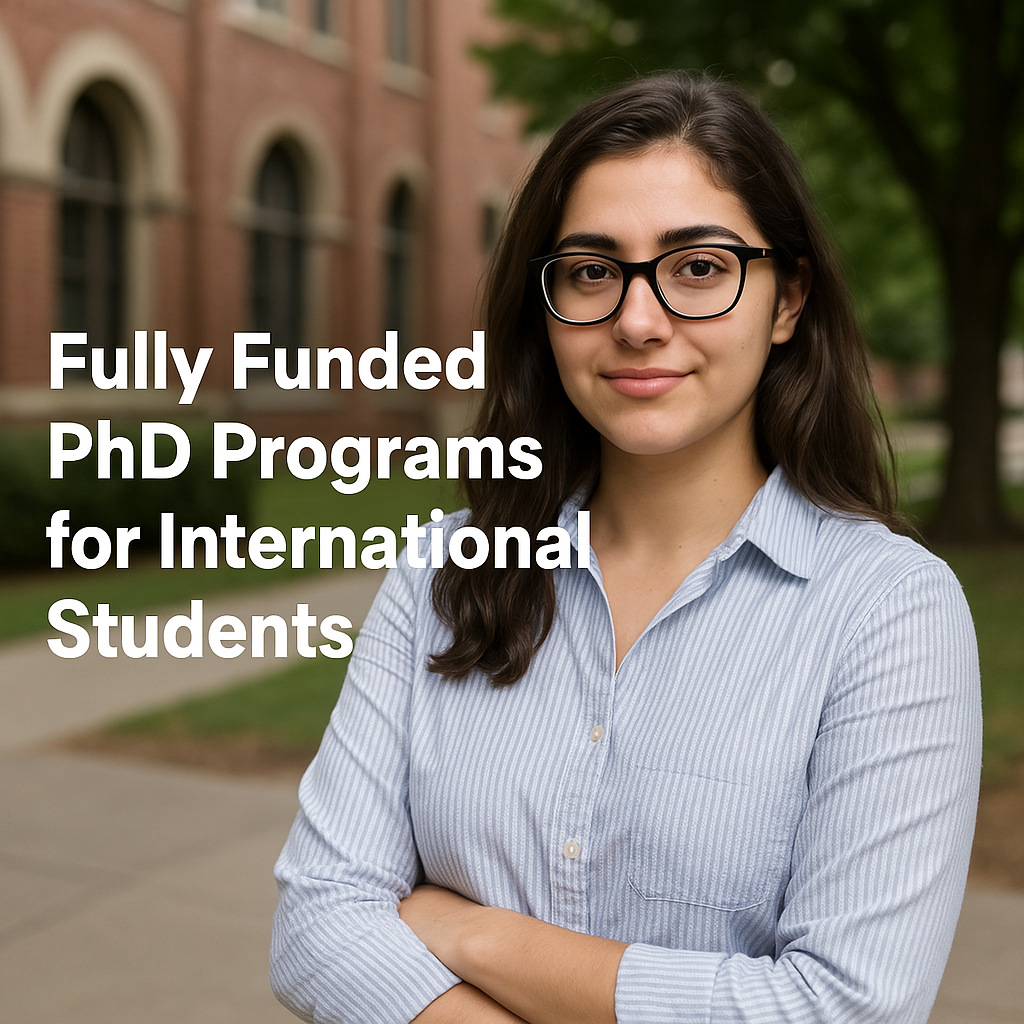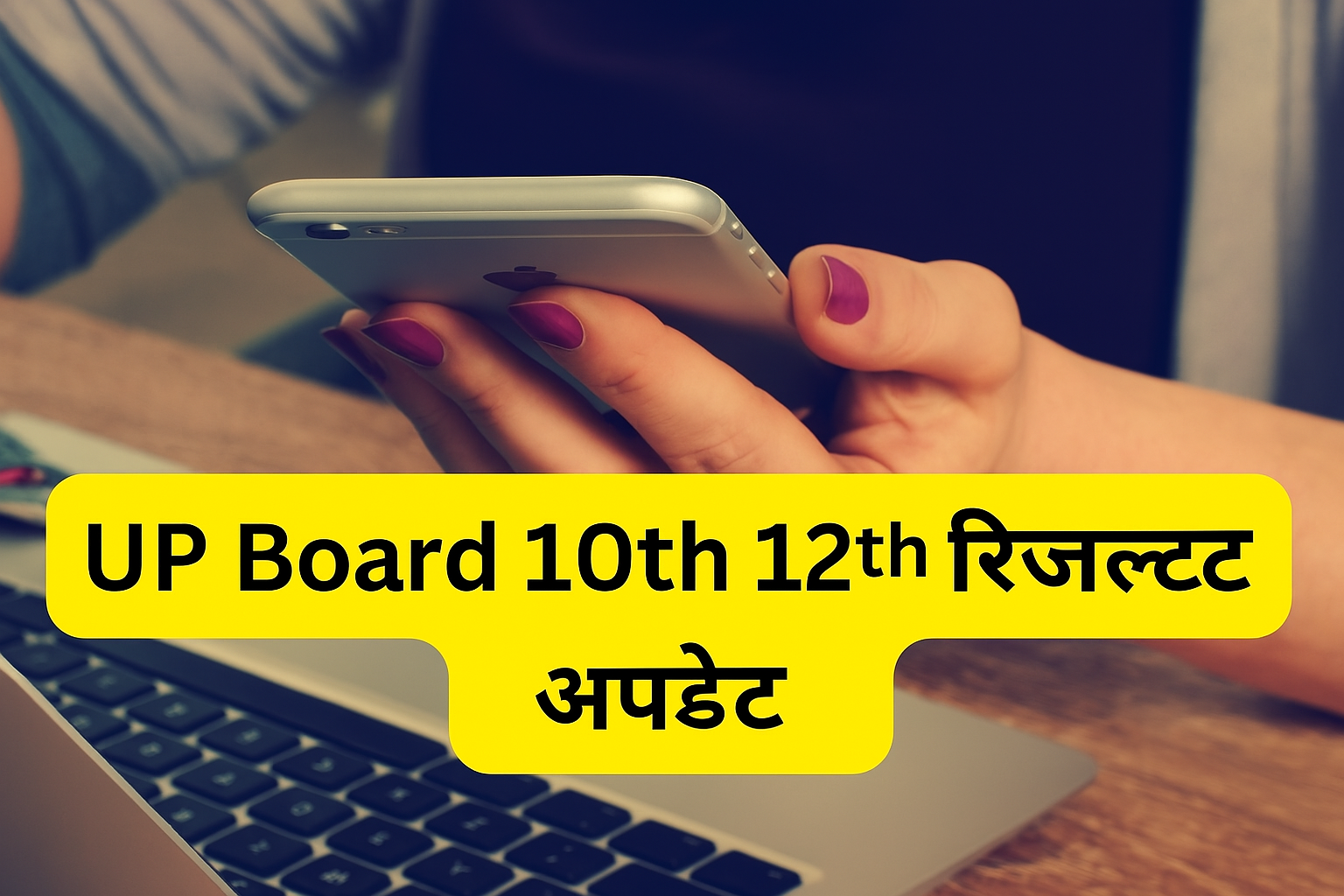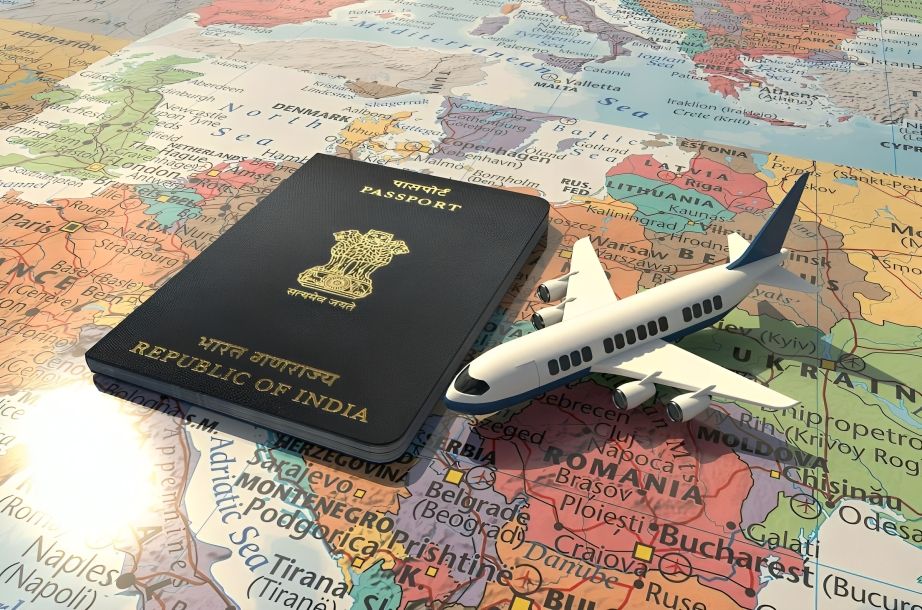How I Got a Fully Funded PhD in the USA After My Master’s in India
For a long time, the idea of doing a PhD in the USA felt like a dream — something meant for the brilliant few, or those who had deep pockets. Coming from a middle-class background in India, I assumed studying abroad was out of my reach. But today, I’m living proof that with the right strategy, a bit of research, and a lot of perseverance, you can earn a fully funded PhD seat in the US — even right after your master’s from India.
If you’re serious about starting this journey and need help understanding the process, feel free to reach out. I offer free guidance for students looking to apply for PhDs abroad.
Contact Me: +91 63547 11531
🎯 Step 1: Choosing the Right Field and Purpose
One thing I learned early: passion isn’t enough — you need clarity. I had completed my M.Sc. in Biotechnology from a reputed Indian university and was working as a research associate. I loved what I did, but I wanted more — more depth, more global exposure, and a chance to contribute to the field.
If you’re thinking of a PhD, ask yourself:
- Why do I want to do this?
- What exactly do I want to research?
- Can I commit 4-6 years to this path?
Once you’ve got that clarity, it gets easier to find programs that match your vision.
🧾 Step 2: Researching Fully Funded PhD Programs in the USA
Here’s the thing — in the USA, most PhD programs are fully funded. Yes, you read that right.
American universities understand that PhD students are contributors — they teach, research, and add academic value. So, they offer:
- Full tuition waivers
- Monthly stipends (anywhere between $1,800–$3,000)
- Health insurance
- Research or teaching assistantships
Pro Tip: Look into these universities which are known for funding international PhDs:
- University of California system
- MIT, Harvard, Stanford
- University of Wisconsin-Madison
- University of Texas at Austin
- Purdue University
- Georgia Tech
Start exploring through websites like:
- PhDportal.com
- University departmental pages
- Professors’ personal websites for lab openings
📄 Step 3: Building a Solid Application
Here’s what my winning application included:
- Strong SOP (Statement of Purpose): I clearly explained my academic background, research interests, why I chose their program, and how it aligned with my goals.
- Academic CV: Highlighted my projects, publications, conference presentations, and skills.
- Letters of Recommendation: Three professors from my master’s program wrote honest, detailed letters.
- GRE & TOEFL Scores: Some universities are waiving the GRE post-COVID, but TOEFL is generally required.
- Emailing Professors: I sent personalized emails to professors I wanted to work with — this helped me build rapport and stand out.
📨 Step 4: Receiving the Funded Offer
I still remember the day I got the email: “We’re pleased to offer you admission to the PhD program in Biomedical Sciences with full funding.”
It felt surreal.
The offer included:
- Full tuition waiver
- A $2,200 monthly stipend
- A Teaching Assistant (TA) role
I didn’t pay a single rupee for my education. In fact, I was being paid to study and research in one of the most prestigious academic systems in the world.
✈️ Moving to the USA & Adjusting
The first few months were overwhelming — new people, cold weather, and academic rigor. But over time, I found a supportive advisor, made international friends, and even published my first paper within the first year.
💬 Final Thoughts
If you’re sitting in India right now wondering if it’s possible — yes, it absolutely is. I did it, and so have thousands of other Indian students. All it takes is strategy, preparation, and confidence in your academic story.
🔑 Key Takeaways:
- Fully funded PhD programs in the USA do exist — and they’re open to Indian students.
- Build your application smartly: SOP, research match, and recommendation letters matter most.
- Persistence pays off — keep emailing, applying, and believing.
You’ve got this. 🌎














Post Comment